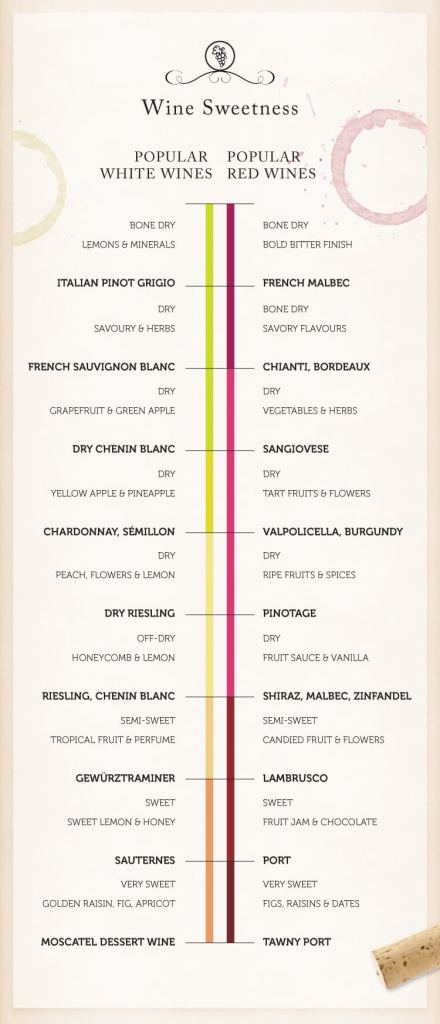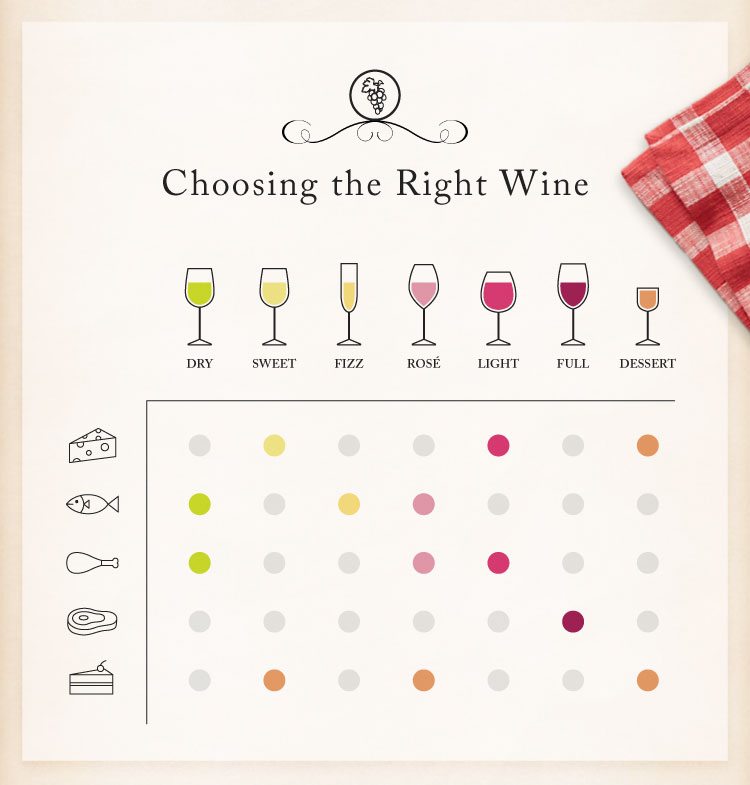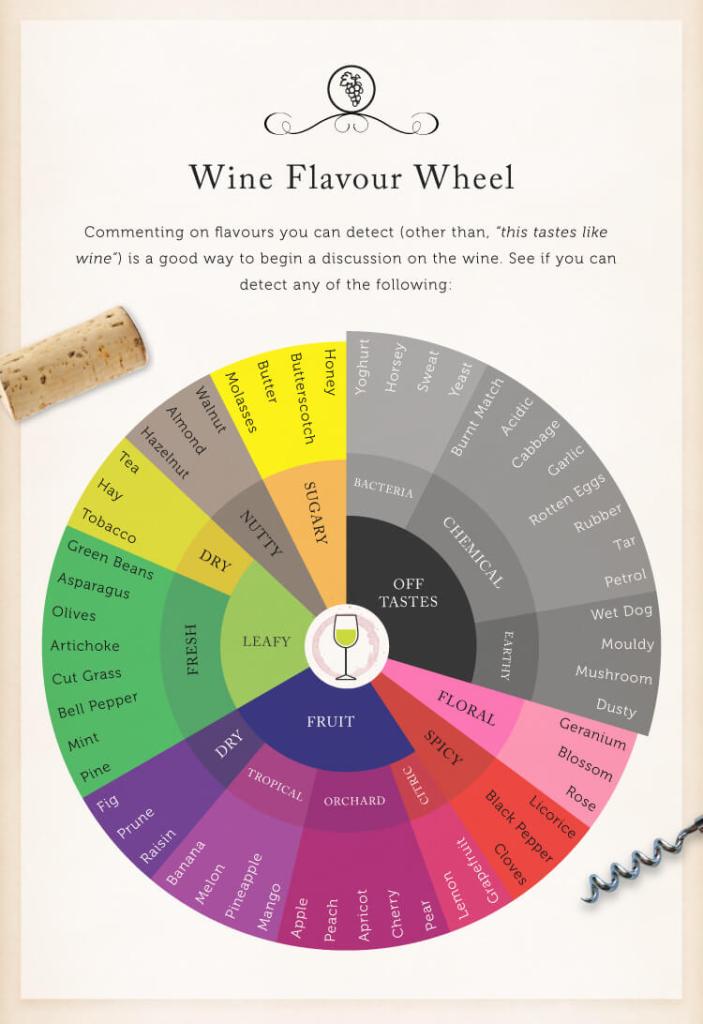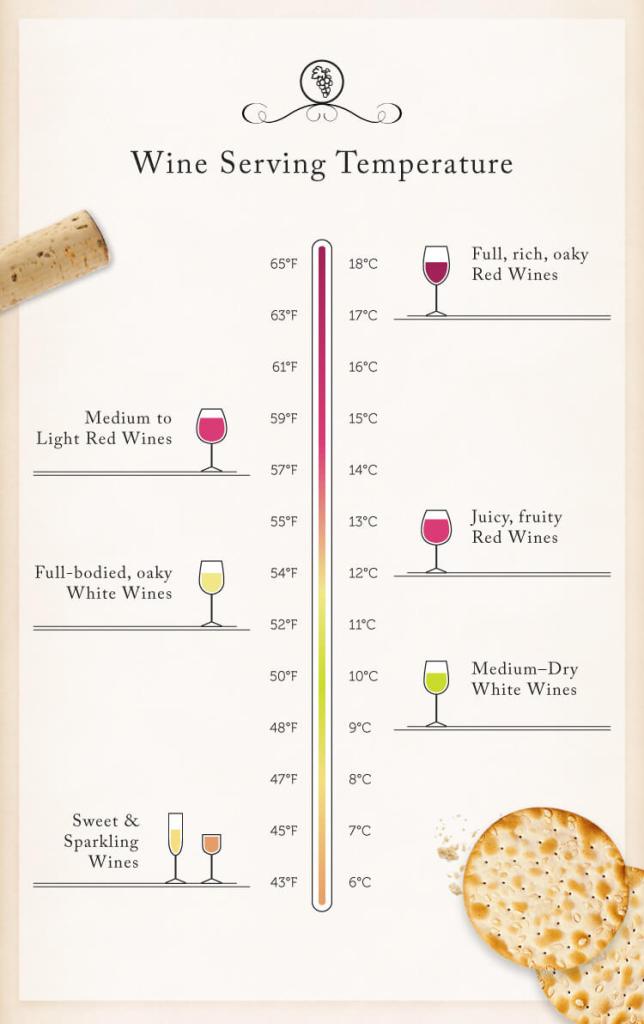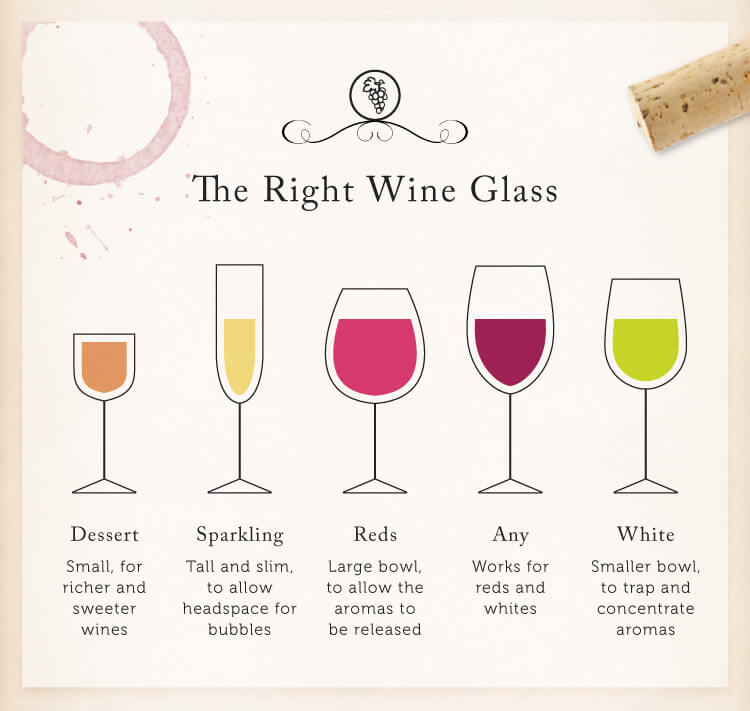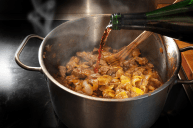Let's face it: Choosing the right wine, knowing how to serve it, and feeling comfortable talking about it is tough. If you get one out of three, you feel like you're winning the night. We feel your pain, so we've got some tips to make the whole process on how to pick wine easier for you.
Videos by Wide Open Country
The folks over at Ship It have put together some fantastic cheat sheets to talk you through the process, plus they've added some extra tips so that no matter if you're at home or at a fancy restaurant, you're covered. Read on and you'll be an expert in no time.
How Sweet it Is
First up, sweetness. You might think that the opposite of sweet is sour, but for wine, the other end of the spectrum is "dry." Think of it like the difference between milk chocolate, semi-sweet chocolate, and dark chocolate. Another good description of dry wine is that it makes your mouth pucker up like you've just bitten into a green banana. Here's a chart that lays out where some popular wines fall on the dry to sweet spectrum.
Pair it Off
Next, let's talk about pairing wine with different foods. It's not as simple as white wine with white meat and red wine with red meat — what about cheese and dessert? Or rosé wines? This chart is a handy guide to pairing the different types of wines with different main foods. From there, go by your taste as direction.
You might hear people talk about tasting notes such as pepper or raisin when they drink wine. You may or may not taste the same thing, and that's okay. Because our taste buds pick up flavors differently, not everybody tastes the same thing when drinking a particular wine. But if you want some help in knowing what flavors to look for, here's a handy flavor wheel.
You can start with the big categories — is a wine sugary sweet, floral, or fruity? Then if it's fruity, is more like citrus (lemon) or tropical (pineapple or mango)? The wheel can also help you describe what you might like to your server in a restaurant or wine shop. For example, if you really like unsweetened black tea, start there and you'll likely get some good suggestions on a specific wine to try.
Order With Confidence
Ship It has a few other excellent tips for ordering wine at a restaurant. First, you usually don't have to navigate the wine list on your own. Ask for a sommelier or, if they don't have one, someone who knows the wine list well. A good bartender should have recommendations for you, if you can tell them what kind of tastes you like and what your price range is. There are great wines at every price point, so it's not a problem for you to order the least expensive wine on the list as long as it's something you like.
If you order a bottle of wine, your server or the sommelier will bring the bottle unopened to your table. This is your chance to check and make sure it's the specific wine you ordered (that means, it's the style, brand, and year you chose). Once you give the okay, the server will open the wine. You should check the cork to see if it's moist, but do not smell it. You can't tell anything by the smell.
However, do smell the wine when the server pours a small taste for you. This is your chance to check the wine itself. If it smells or tastes off, let your server know. "Corked" wine is wine that for some reason has gone wrong in the bottle. It happens, it's not your fault, and it's totally okay to tell your server the wine is bad. You can also ask your server to try it if you're not sure. Sometimes wine needs a few minutes to "breathe" but if the wine is bad, the wine is bad.
If the wine is okay, but you just don't like it, let the server know that, too. There may not be anything you can at that point, but the restaurant may be able to help you out.
Check the Temp
Not all wine is served at the same temperature and in the same kind of glass. It matters more when you're serving wine at home, but it also helps to know these two things when you're drinking at a restaurant. Temperature matters for the flavor of the wine and glass shape matters so that you get the right aroma (which is a big part of enjoying wine). Here are two charts that show the correct temperature at which a wine should be served and the correct type of glass for different wines.
Terms to Know
If you're tasting wine with people who know wine, you may feel pressure to join the conversation. Don't worry about getting super technical, but if you want to try and keep up, here are a few things you can talk about.
When you don't taste what other people are tasting, try smelling the wine. You don't have to make a production out of it, but next time you go to take a sip breathe in through your nose first. What do you smell? Then taste the wine. Does the wine taste like it smells?
How does the wine feel in your mouth? Does it feel thick like cream or thin like skim milk? Generally, how it feels is called "body" so a full-bodied wine would be something that feels thicker in your mouth (you might also think of the difference between eating full-fat ice cream and non-dairy sorbet).
https://www.instagram.com/p/BjK4e9EFJGc/?hl=en&tagged=wine
Terroir refers to the land where the grapes the wine is made from were grown. Try a California Merlot next to a French Merlot and see how it tastes different.
But you might also taste a difference in the way the wine was aged. More winemakers are aging wines in stainless steel tanks, which gives it a different taste than oak barrels. So, for example, if you simply can't stand Chardonnay, try a variety of the wine that's been aged in stainless steel and see if it tastes better.
In the end, the most important piece of advice to remember about how to pick wine is: Drink what you like. If you know that, you'll always be happy when you order wine.

